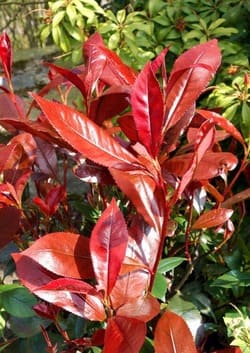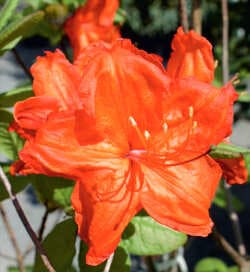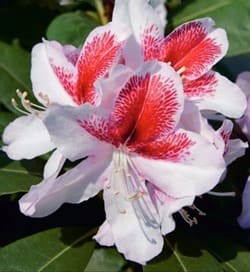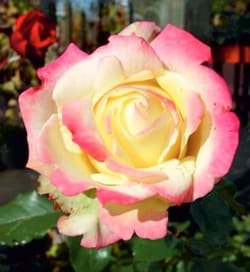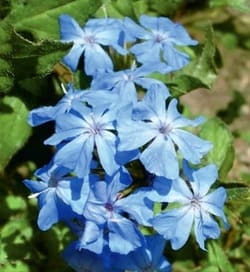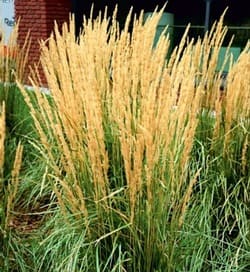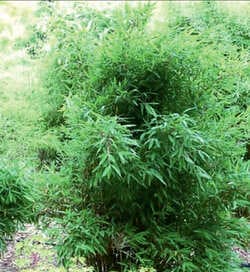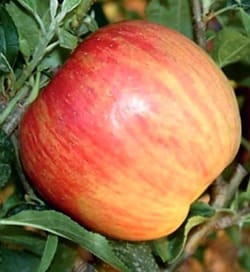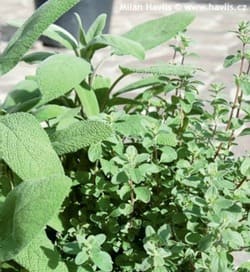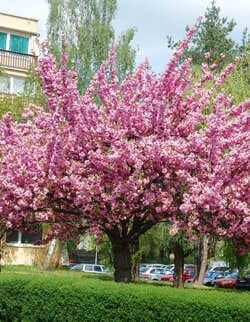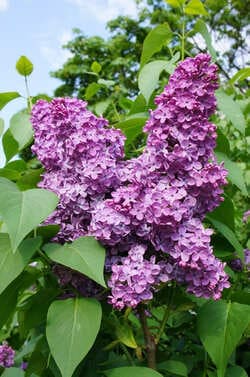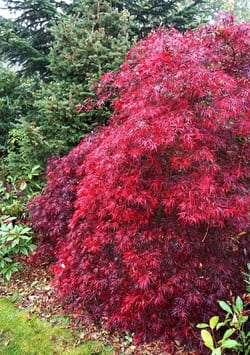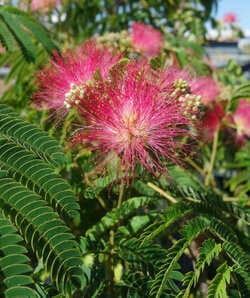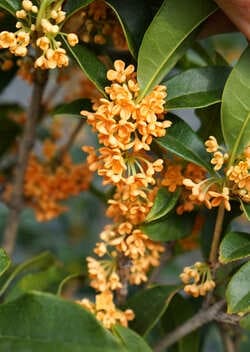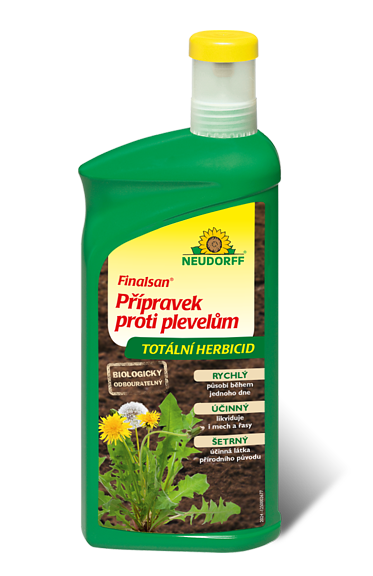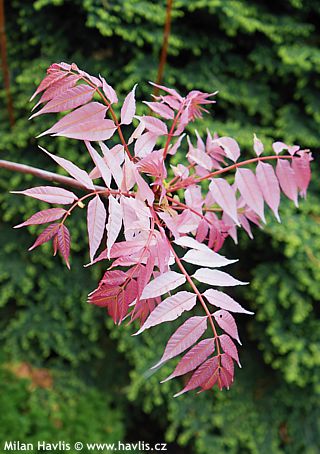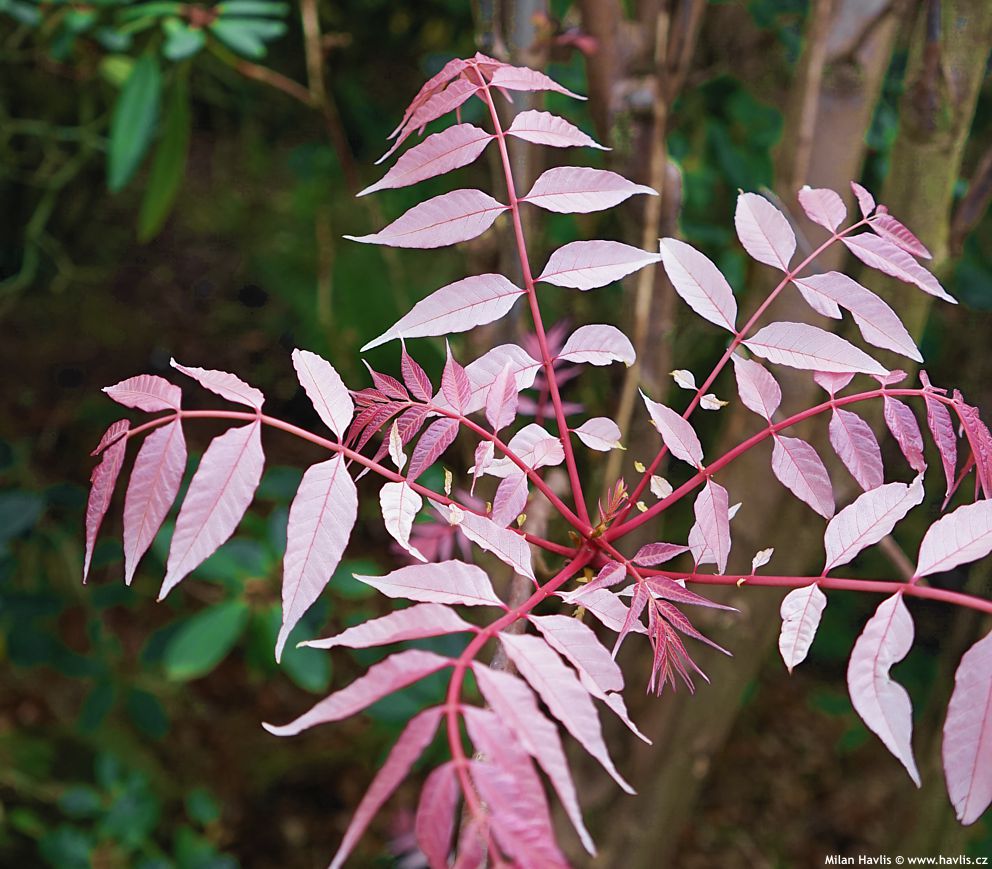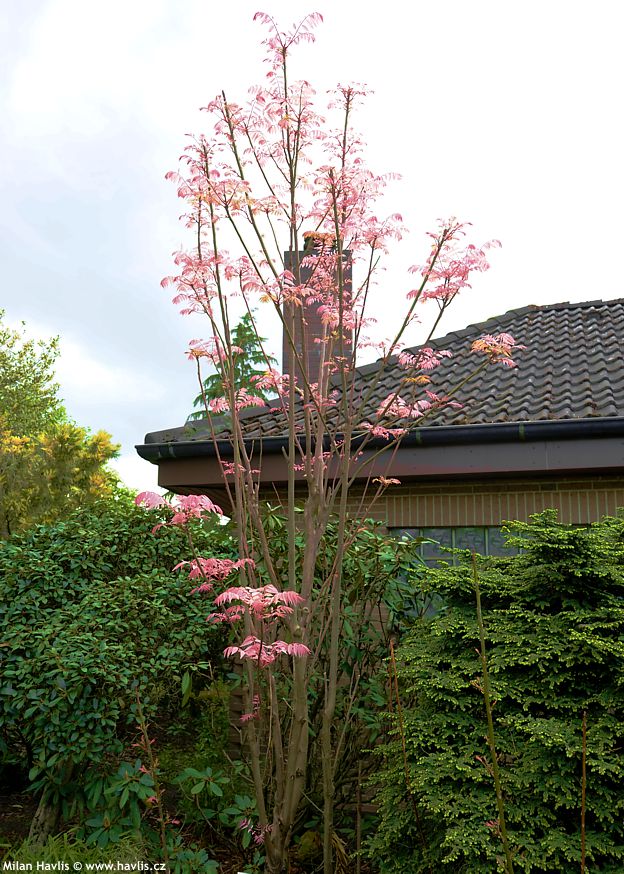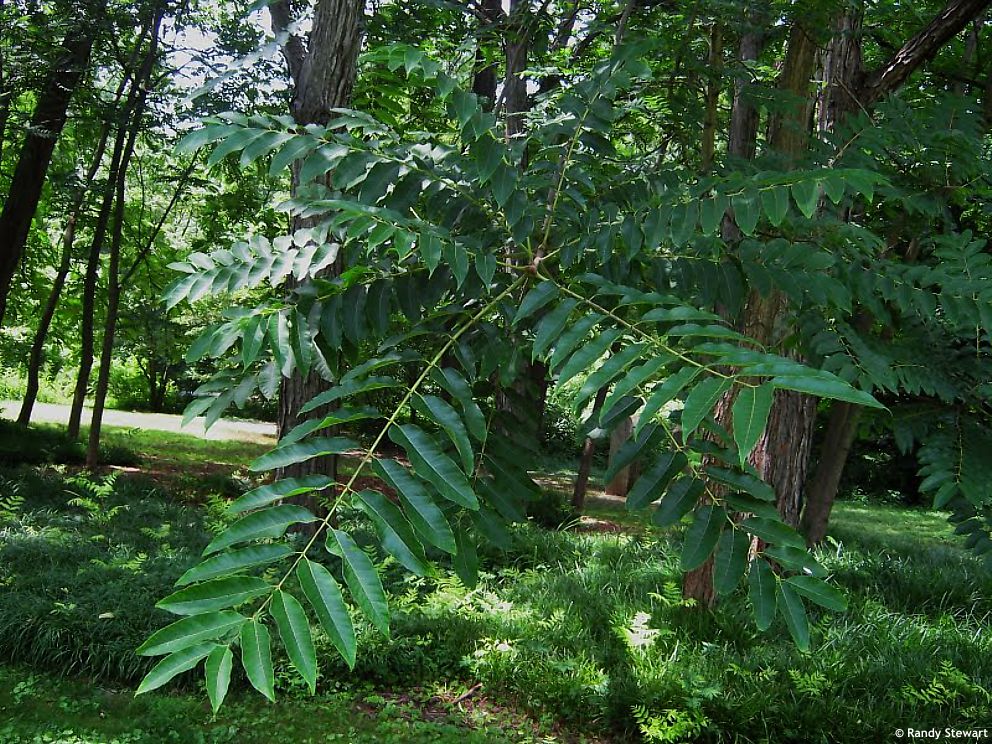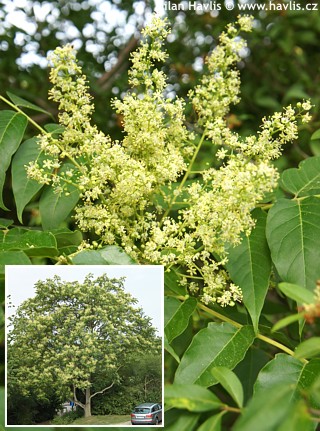Toona sinensis (Cedrela sinensis) 'FLAMINGO' Chinese cedar
Toona
The Chinese Toon (Toona sinensis), formerly known as Cedrela sinensis, is a deciduous tree from the mahogany family (Meliaceae). It originates from East and Southeast Asia, growing from northern Korea through most of China to Nepal, Myanmar, Thailand, and Indonesia. In the wild, the species grows into a large tree with trunk diameters exceeding 1.5 meters. It was first described by French botanist Antoine Laurent de Jussieu, who classified it under the genus Cedrela (Cedrela sinensis). Later, in the 19th century, German botanist Max Joseph Roemer reassigned it to the genus Toona, resulting in the currently accepted name Toona sinensis. This taxonomic change reflected differences in morphology and chemical composition compared to other Cedrela species.
The tree is valued not only for its wood, which is lightweight, fine-grained, easy to work with, and resistant to pests including termites, but also for its aromatic leaves, which are commonly consumed as a vegetable in China. The young leaves have a garlicky-onion flavor and are rich in vitamin A, protein, and antioxidants. In traditional Chinese medicine, they are used to treat digestive issues, inflammation, and as a general tonic. The wood has both traditional and modern uses, including cigar boxes, furniture, musical instruments, interior paneling, and wood carvings. In some parts of China, it is even used for making coffins, as its aroma is believed to repel evil spirits. Thanks to its fast growth and renewability, wood is also used in sustainable construction. Chemical analyses confirm its high content of extractives and ash, contributing to its biological durability.
Flamingo is the most widespread cultivar of Chinese Toon. It is characterized by vividly coloured young leaves that emerge in coral red to fuchsia pink, gradually transition to creamy white, and finally turn green. This colour cycle lasts approximately two weeks. The petioles remain reddish even later in the season, keeping the plant attractive throughout summer. The pinnate leaves, up to 40 cm long, resemble those of Fraxinus or Ailanthus, and turn bright yellow in autumn, giving the tree a distinctly exotic appearance.
Flamingo grows in an unusual way – producing many upright shoots (suckers) directly from the roots, which makes it look more like a strictly upright, multi-stemmed shrub. Only with proper training can it be trained into a single-stem tree. In the continental climate of Central Europe, it reaches a height of 6–8 meters within the first 10 years, with the fastest growth occurring in the early years after planting. In England, a growth rate of 6 meters in 6 years has been recorded, although the climate there is significantly milder and wetter. Interestingly, flowering in this cultivar was undocumented for a long time until 2022, when flowers and seed capsules were confirmed in Providence, Rhode Island (USA). The flowers appear in early summer as loose, pendulous panicles of small white blossoms with a delicate fragrance. The fruits are woody capsules containing winged seeds.
The cultivar’s history dates back to Australia before 1930, from where it was brought to New Zealand without a name. The name ‘Flamingo’ appeared around 1981, likely thanks to author Hugh Redgrove or breeder Jack Clark. Since then, it has spread to Europe, including the Netherlands and the UK, where the tallest known specimens (up to 10.5 meters) are growing.
Chinese toon is surprisingly hardy and adapts well to Central European conditions. It is fully hardy down to approximately –29 °C, making it suitable even for colder regions. It thrives in deep, humus-rich, well-drained soil in full sun. It tolerates mild drought, but young plants require regular watering. Once established, it is highly tolerant of heat, urban pollution, and most pests. Pruning is recommended from late winter to early spring before bud break, as it encourages the production of colorful new shoots. Propagation is possible from seed (after soaking in cold water) or by using root suckers during winter dormancy (USDA zone 5).
Last update: 06-02-2010; 16-08-2025









